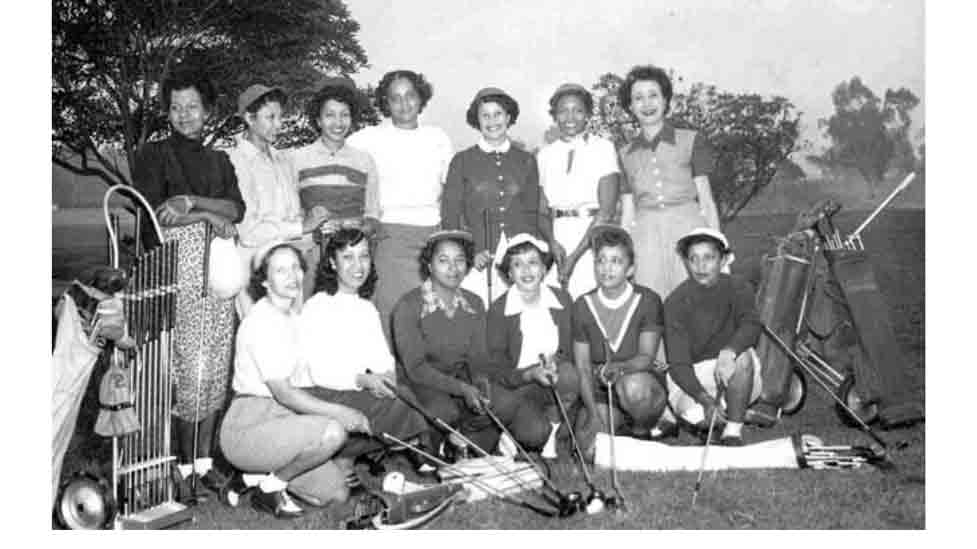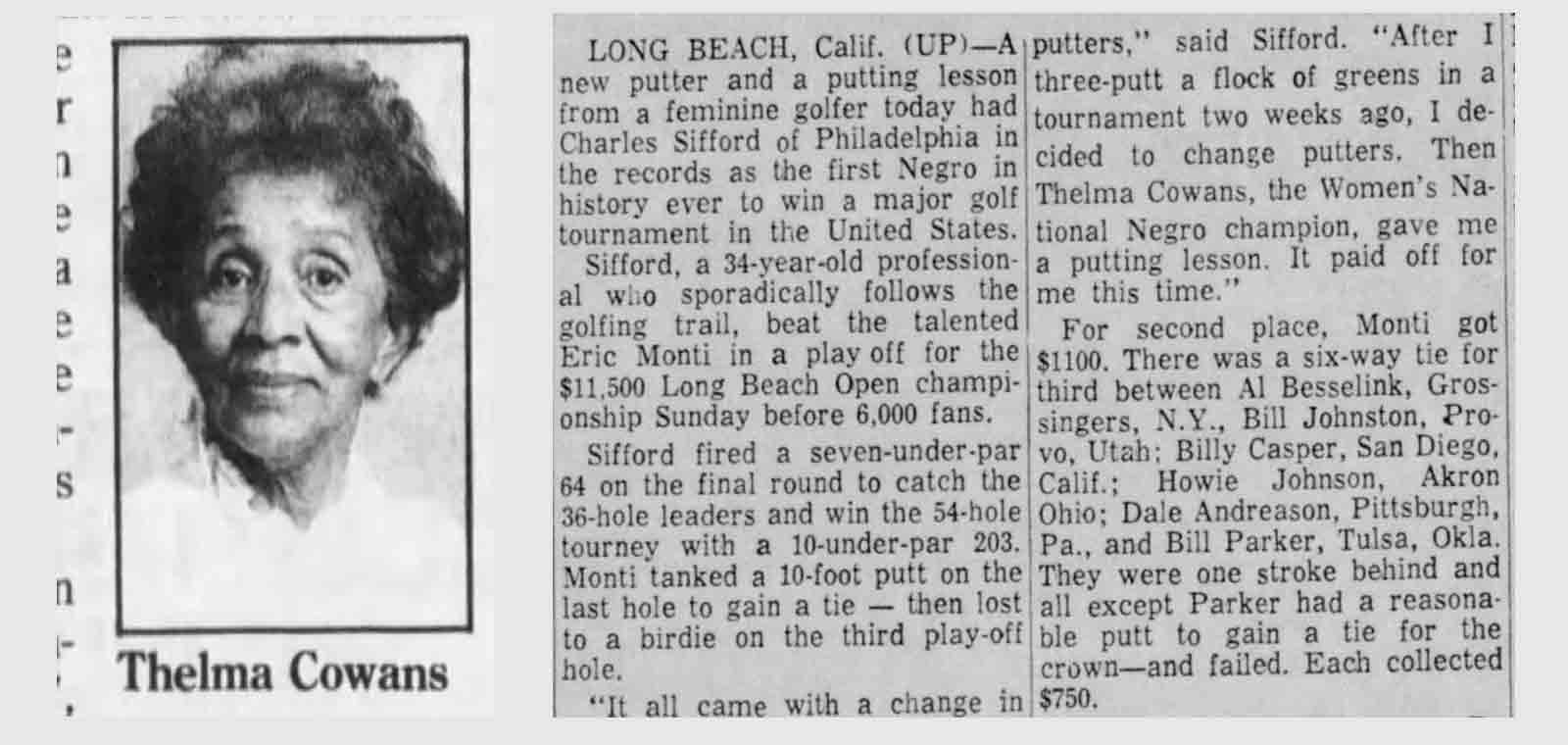Hidden Pioneer
February 28, 2022

By:
Addie Parker
Addie Parker is a freelance journalist and is a junior golf instructor based in Midlothian, VA.
Thelma Cowans Blazed A Trail For Black Women Golfers

February 28, 2022

By:
Addie Parker is a freelance journalist and is a junior golf instructor based in Midlothian, VA.
